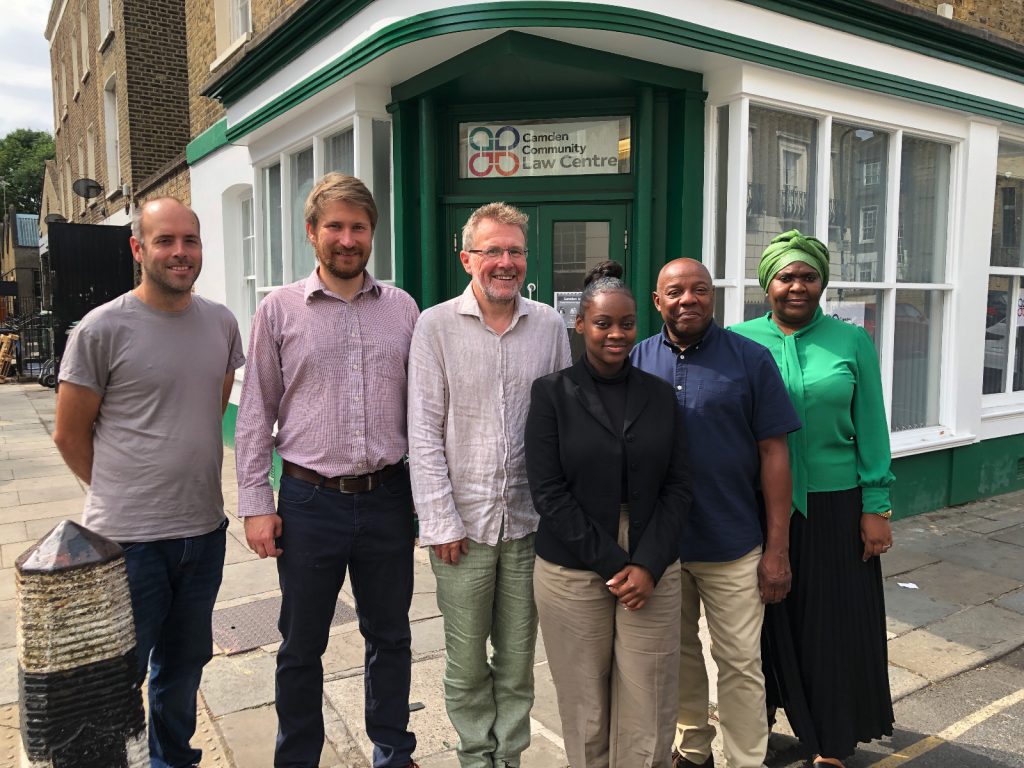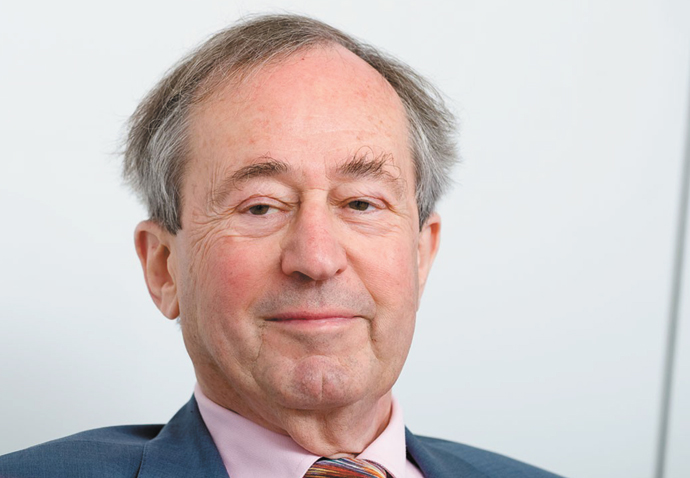Camden Community Law Centre at 50: ‘We saw it as making the law accessible to people who did not have much money'
Centre launched in 1973, inspired by ‘justice for all’ movement in US, celebrates milestone
Thursday, 6th July 2023 — By Angela Cobbinah

John Cowley reflects on how the Camden Community Law Centre came into existence
EMERGING from an era when the prime minister of the day boasted that Britain had never had it so good, the arrival of the Camden Community Law Centre was a sign that things could be better.
Launched in 1973, it was among the first wave of law centres to be established in this country, which had been inspired by the law firms set up in poor districts of America under the banner “justice for all”.
Now, having provided free legal advice and representation to thousands of people over the past 50 years with the help of trailblazing lawyers and dedicated advisers and staff, it is staging a grand birthday bash at a gala evening at the London Irish Centre on July 13.
Among those wearing a party hat will be the author and scholar John Cowley, who was there from the very beginning alongside Marjorie Mayo.

The law centre is now based in Greenland Road, Camden Town
Both committed community activists with promising academic careers ahead of them, they lived with their respective spouses at a house they had bought together in Stratford Villas, Camden Town, in 1969, and began to get involved locally, setting up a number of neighbourhood amenities in their spare time.
“At the time we thought that the welfare state was not enough,” recalls John, who had been inspired by the community projects he witnessed during a two-year stint teaching politics and history in New York.
“We needed to go beyond that and to see bigger changes. We believed there was so much more that we could do.”
Then, galvanised by the advent of the country’s first law centre in North Kensington in 1970, they got together with up-and-coming solicitor and local councillor Geoffrey Bindman and proposed setting up one in Camden.
“We saw it as a way of making the law accessible to people who did not have much money, and to connect with them,” continues John, who failed the 11-plus but went on to lecture in sociology at City University and wrote the 1979 book, Housing, for People or for Profit?
After reassuring worried local solicitors that it would not handle lucrative crime and conveyancing briefs, the new law centre opened in a former shop on Kentish Town Road with financial support from Camden Council before eventually settling down in spacious offices in nearby Prince of Wales Road.

Pip Cosin
Mr Bindman became its inaugural chairman while future government ombudsman Walter Merricks was appointed its first director after working there as a lawyer.
Among other law centre pioneers were young barrister Stephen Sedley, who would go on to become a Lord Justice of Appeal, and legal secretary Pip Cosin, who stayed on until retirement.
From the beginning housing, immigration, benefits and employment immediately dominated the centre’s casework.
“There were about 10 employed advisers. We encouraged people to walk in and there were usually a number of people waiting to be seen,” says John, whose other feathers in his cap are the Camden Square Tenants and Residents Association and the Neighbourhood Association, which he co-founded and continue to champion people’s rights and local facilities.

Geoffrey Bindman
Even he did not anticipate the rolling austerity programme that began with Mrs Thatcher and continues apace, even imposing cutbacks on legal aid, leaving more and more people in need of support.
But in 2022, the law centre was forced to move to smaller premises in Greenland Road, Camden Town, where it operates with a much-reduced staff team and is appointment only.
“The 1970s was a period when you thought you could achieve a lot and the law centre itself was an extraordinary achievement. Right now, there is just enough money to keep things going.”
However, there is still plenty to celebrate, not least that the Camden Community Law Centre continues the mission it set out with 50 years ago.
“It was set up to provide legal services to those who are suffering from the gross inequalities of the society we live in and combatting the consequences of that, and it still does,” says John with a smile. “I hope it will still be around for the next 50 years.”
